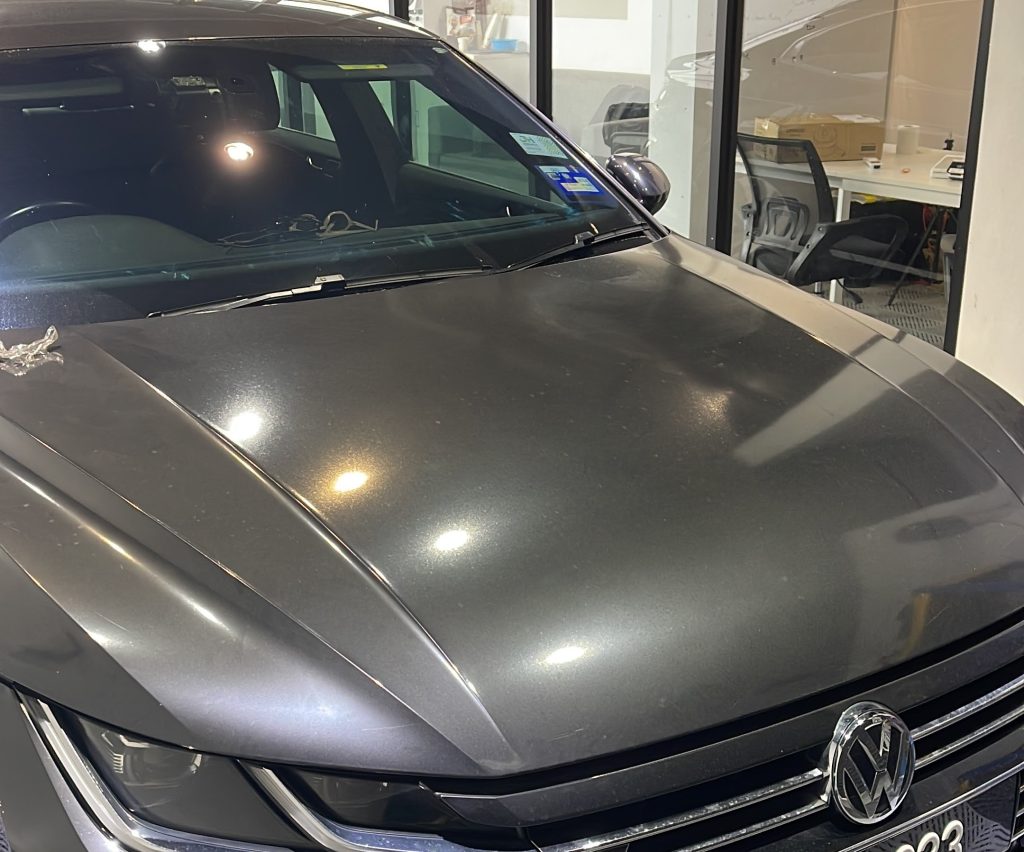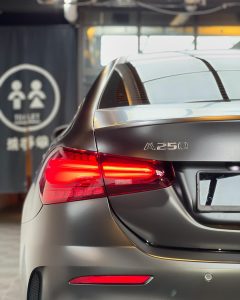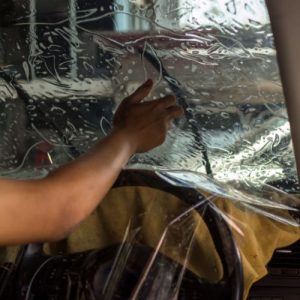Disadvantages of Paint Protection Film
are important to understand before making a long-term commitment to car paint protection. While Paint Protection Film (PPF) is widely regarded as one of the most reliable solutions for preventing scratches, stone chips, bird droppings, and UV damage, it’s not entirely free from downsides.
From high upfront costs to potential installation issues, visible film lines, and the risk of discoloration over time, these factors might affect your expectations — especially if you’re aiming for a flawless look. That said, knowing the cons doesn’t mean you should avoid PPF altogether. In fact, being aware of these drawbacks allows you to make smarter choices when selecting the right product and installer.
In this article, we’ll explore the most common disadvantages of PPF while also offering practical tips to minimize those issues — so you can still enjoy the long-term benefits without regret.

1. Higher Upfront Cost
PPF isn’t cheap — especially if you’re going for full car coverage. Compared to leaving your paint bare or just applying a ceramic coating, installing PPF can cost significantly more.
That said, it’s worth noting that the cost of PPF is usually justified by its long-term protection, especially for high-impact areas like the front bumper, bonnet, side mirrors, and door edges. If you’re on a budget, you can always opt for partial coverage to protect the most vulnerable zones.
2. Risk of Improper Installation
PPF is a professional-grade product that requires skill to apply. If applied incorrectly, you might end up with bubbles, creases, or visible edges that ruin the look of your vehicle.
To avoid this, it’s important to choose a trusted installer with proven experience. A poor installation won’t just look bad — it can lead to early lifting, peeling, or failure of the film.
3. Older Films May Yellow Over Time
Early-generation PPFs were known to turn yellow or cloudy after prolonged exposure to sunlight, especially in hot climates like Malaysia.
The good news? Modern PPF technology has solved this issue. High-quality polyurethane and urethane films used today are UV-resistant and remain crystal clear for years, even under harsh weather.
4. Not Permanent – Needs Replacement Eventually
While PPF can last a long time (usually 5 to 10 years, depending on the brand and conditions), it won’t last forever. After the warranty period, the film may begin to lose its clarity or protective qualities.
However, consider this: replacing worn-out PPF is still much cheaper than repainting an entire car due to paint damage.
5. Doesn’t Replace the Need for Paint
This one’s often misunderstood — PPF does not replace car paint, nor does it remove the need for repainting if your surface is already damaged. It works best when applied on a clean, freshly painted surface to preserve it for the long term.
That said, for those wanting to avoid painting altogether, there are colored or matte PPF options that offer both protection and aesthetic enhancements — perfect for those who want to skip respraying but still change the look of their ride.
Final Thoughts: Is PPF Still Worth It?
Despite a few downsides, Paint Protection Film remains a top-tier investment for car owners who want to preserve their vehicle’s appearance, protect resale value, and avoid frequent paint correction jobs.
If you drive a new car, luxury model, or even a daily ride that you care about, PPF is a smart way to protect your investment — especially when installed by experienced professionals.





